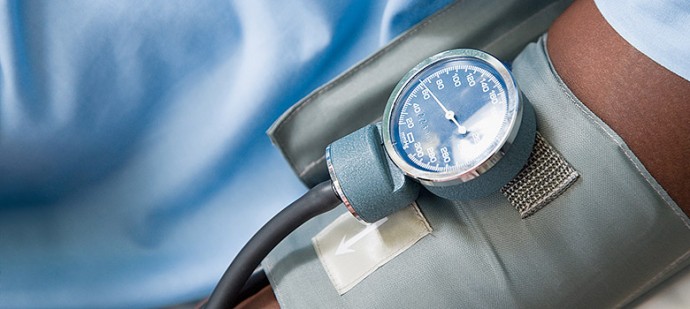Throughout the ages, human kind has been afflicted with countless medical illnesses and, as a result, the world’s brightest minds have progressively devised eloquent, ingenious, and ground-breaking medicinal approaches to counter these diseases and prolong life.
Procedures and treatments like chemotherapy, bone marrow transplants, blood transfusions, heart bypass surgery and stem cell therapy are the fruits of medical science and are advancing all the time. They, and many more, are put into the category of orthodox medicine because they are tried and tested – unlike alternative medicines.
The Merriam-Webster dictionary defines alternative medicine as “any of various systems of healing or treating disease not included in the traditional medical curricula of the United States and Britain” because they are not proven to work, nor are they backed by rigorous scientific research – as orthodox medicines, allopathic medicines, or scientific medicines are.
Alternative medicine comes in many shapes and sizes. Homeopathy, acupuncture, faith healing, naturopathy and crystal healing are all forms of alternative medicine that are practiced to ‘cure’ things from cancer to depression.
In some cases, alternative medicines have shown to be effective because of the ‘Placebo Effect’- a phenomenon where the patient improves because of the patient’s belief in that treatment. This does not mean that the alternative treatment has worked (because alternative treatments that are proven to work become scientific medicine); it simply demonstrates the influence our minds can have over our bodies.
A popular alternative medicine, acupuncture stems from ancient Chinese philosophy. The Chinese believed in the concept of qi (or chi), that refers to vital life energy that flows through channels called meridians. They believed that when meridians became blocked, disease and many other ailments could present themselves as a result. By stimulating acupuncture points, they believed vital energy flow would return to normal thus curing a patient of ailments.
Although acupuncture has been practiced for centuries, this does not make it any more valid or effective when compared to medical science. A recent peer reviewed study published in the journal ‘Cancer’ followed 47 women being treated for breast cancer with a medication that caused menopausal-like side effects. Twenty-three of the women received eight weeks of acupuncture whilst the remainder received “sham acupuncture” in which needles were placed randomly on the skin and not actually inserted. As a result, all of the patients reported an improvement in side effects. This highlights the placebo effect.
Crystal healing employs the use of crystals and stones as healing tools. The stones and/or crystals are placed on or around the body in a bid to surround the patient with healing energy. The sensations of tingling, warmth, and well-being are not so much that of healing as they are the power of suggestion (placebo effect). This is supported by the study of Dr Christopher French, who tested the effects of crystals on 80 volunteers. Half were give a genuine New Age crystal and half were unknowingly given a plastic fake but all bar six reported the benefits – this emulates the power of suggestion i.e. placebo effect.
A more extreme form of alternative treatment, faith healing is a method of healing through spiritual means. People who practice this treatment believe that through prayer, rituals, or just faith, a person can have their health restored through divine intervention. Faith healing can actually be a very dangerous practice as made evident by a 16-year-old American boy, who died after refusing to seek medical help for an easily treatable urinary tract infection, believing that prayer and faith would heal him.
All in all, people are entitled to approach treatments for diseases in any way they see fit but should always opt for orthodox medical treatments – especially when children are involved – because they’re proven to work and are embedded in evidence. The advancement of medical science is the reason why the average age expectancy continues to rise and will continue to do so as long as it’s being practiced.

Comments are closed.